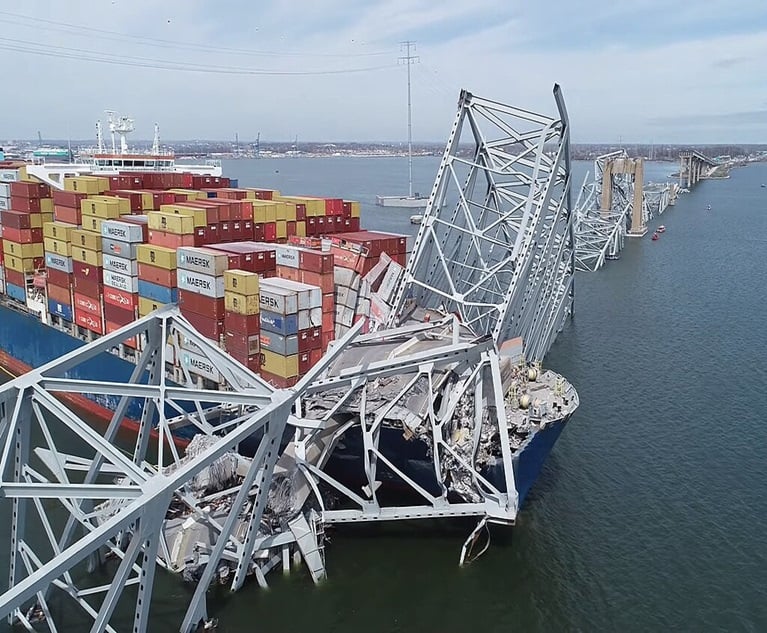After a three-month long crowd sourcing competition, three datascientists proved their data analytical prowess in Allstate'spredictive modeling competition. The nation's largest publicly heldinsurer launched the “Claim PredictionChallenge” with Kaggle on July 13, 2011, offering $10,000to number crunchers worldwide for the best models predicting bodily injury insurance claims based on vehiclecharacteristics.
|Contestants continued to submit algorithms down to thecompetition's closing minutes on October 12. From 1,290 totalsubmissions and 202 players, three winners emerged, withtheir models closest to predicting actual claims data. Taking homethe first-place prize was Matthew Carle of Sydney, Australia,followed by Owen Zhang of Bolton, Conn., USA (second place)and Jason Tigg of London, U.K. (third).
|Aside from monetary motivation, all three winners said theyentered the competition to size up their skills against some of thebest predictive modeling talents around. The public leader board onthe competition site fueled continual model improvements andadditional entries.
|“As an actuary, I have worked on claims models in the past, andthe [competition] allowed me to see how my modeling skills comparewith those of other modeling experts,” Carle said. “It alsoprovided a way to improve modeling skills and try newtechniques.”
|Supplied with Allstate data ranging from 2005 to 2007,contestants analyzed correlations between vehicle characteristicsand bodily injury claims payments to predict claims payment amountsin 2009. Based on the data, modelers considered how factors such ashorsepower, length, and number of cylinders affect an insured'slikelihood of being held responsible for injuring someone in a caraccident. (Note that the data provided to contestants containedno personal information about any individual consumers.)
|“A competition of this type is definitely a new approach for theP&C insurance industry,” said Allstate Vice President EricHuls, quantitative research and analytics. “Allstate always looksfor ways to embrace new ideas and appreciates the excitement andparticipation generated in this community of modelers.”
|Kaggle noted that the competitive dynamic inherently pushesentrants to produce better work than they would have in isolationand ultimately leads to greater efficiency for insurers. Allstateappears to be taking this cue, as the insurer said it will examinethe winning modelers' methods and may use gained insights tocomplement existing modeling techniques.
Want to continue reading?
Become a Free PropertyCasualty360 Digital Reader
Your access to unlimited PropertyCasualty360 content isn’t changing.
Once you are an ALM digital member, you’ll receive:
- All PropertyCasualty360.com news coverage, best practices, and in-depth analysis.
- Educational webcasts, resources from industry leaders, and informative newsletters.
- Other award-winning websites including BenefitsPRO.com and ThinkAdvisor.com.
Already have an account? Sign In
© 2024 ALM Global, LLC, All Rights Reserved. Request academic re-use from www.copyright.com. All other uses, submit a request to [email protected]. For more information visit Asset & Logo Licensing.








